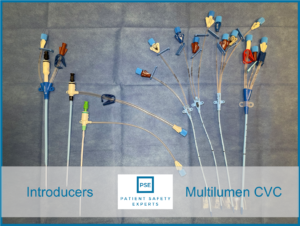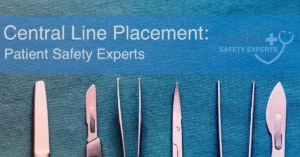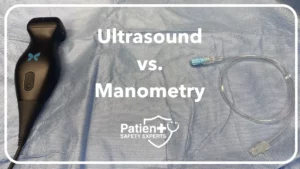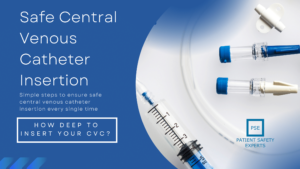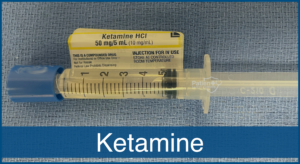According to data from the Centers for Disease Control and Prevention (CDC), more than 1.5 million Americans get sepsis each year, and for at least 250,000 of those individuals the infection proves fatal. It’s particularly dangerous for children under one and adults over 65 years old.
If you are reading this you already know that. In fact you likely already have a sepsis program but are looking for a way to get better results. In fact, that is the way I got started with sepsis, looking to improve the sepsis results in our hospitals.
You can Borrow Ideas but not actions
Jame Clear, Atomic Habits
Sepsis is simple but not easy
If you have read a papers on improved sepsis outcomes, attended a workshop or watched a webinar, you have probably thought to yourself: “This is easy.”
There is so much information out there, well packaged, and well done, you can’t help but think you will be successful. In fact, groups like the Society of Critical Care Medicine have entire websites devoted to sepsis and sepsis resources.
If sepsis were easy then everyone else would find it easy as well. This would make it difficult to do work that stands out, work that other people seek out to find out how you were able to do that.
Look at difficulties as a good thing. Those difficulties are what dissuade the professionals who are not as dedicated as you are.
Challenges you will face with the one hour bundle
Sepsis work is a great example of how we have been working to make healthcare more of a high reliability organization. One of the tools we have used is implementing “bundles” of care with checklists to make sure each of the steps is carried out in a timely fashion and the outcomes reviewed with the staff involved.
A typical sepsis bundle
I have seen many different sepsis bundles but they all have this basic framework:
- Step One: Identify the septic patient early
- Step Two: Draw blood cultures and a lactate
- Step Two: Early treatment of sepsis with antibiotics
- Step Three: Goal directed fluid resuscitation +/- vasopressors
- Step Five: Reassess your resuscitation
Thats a pretty simple bundle. Not too many steps, not too complicated. Its another win for high reliability! The reality of sepsis care is that each one of those steps is fraught with challenges:
The Early Identification of Sepsis
Every top performing institution and and award winning improvement project I have seen all focused on early identification of sepsis. That sounds great but unlike a myocardial infarction or a stroke, the signs of sepsis are vague.
You don’t know your time zero
If we are looking at sepsis present on arrival (POA) then time zero is when the patient gets triaged, very similar to stroke or myocardial infarction. S





